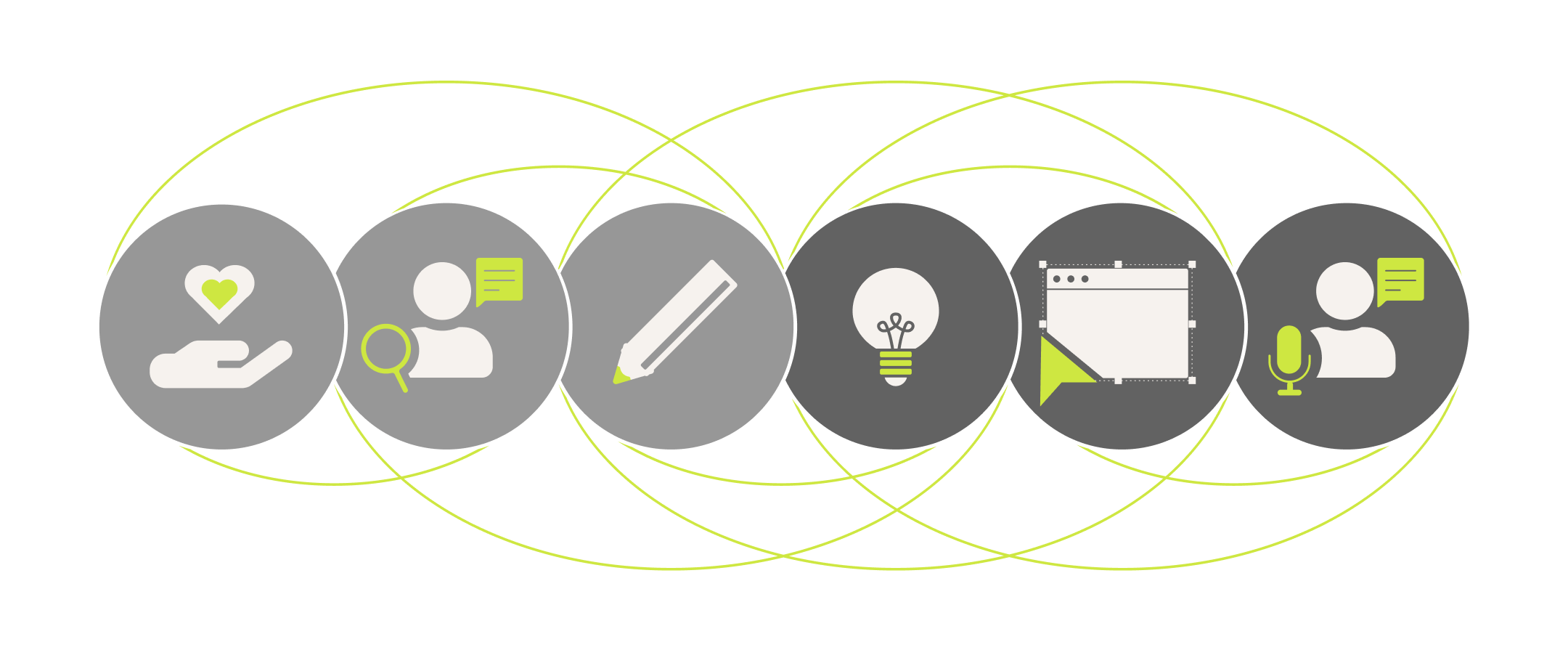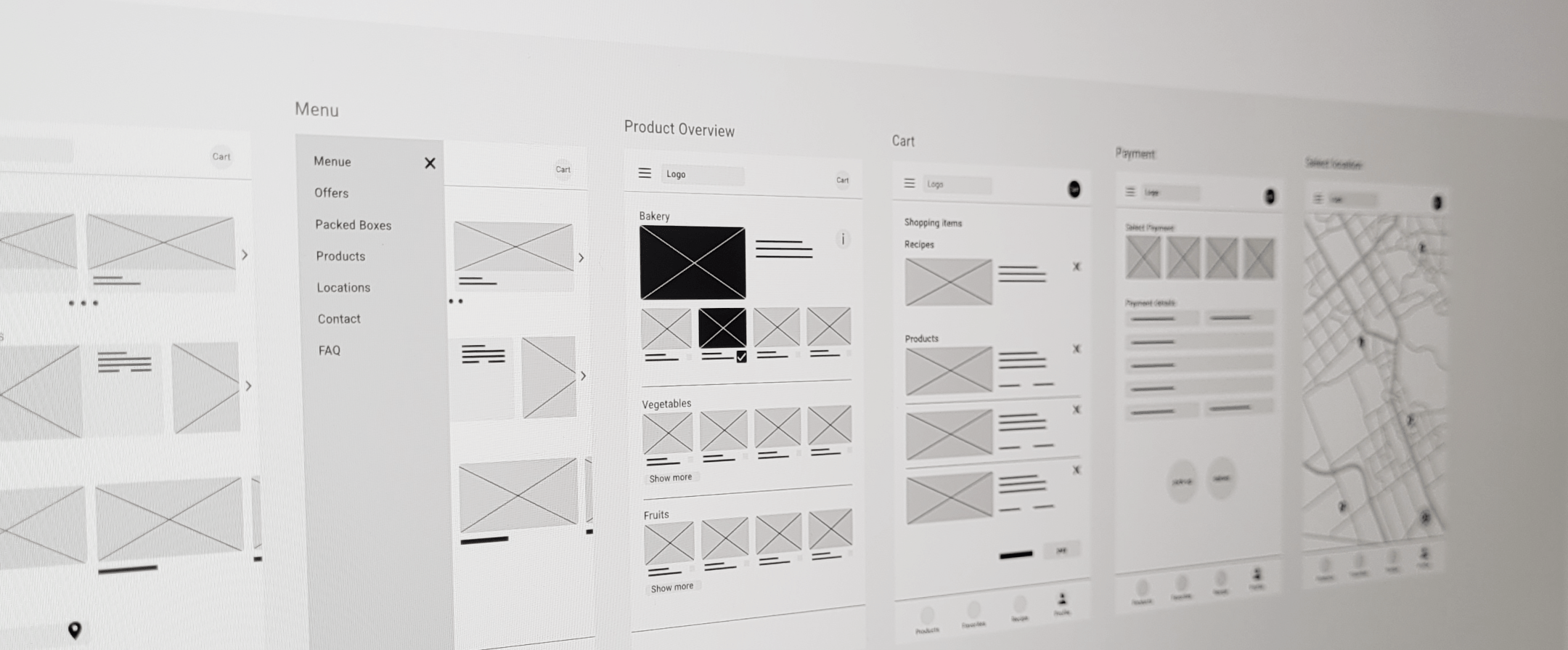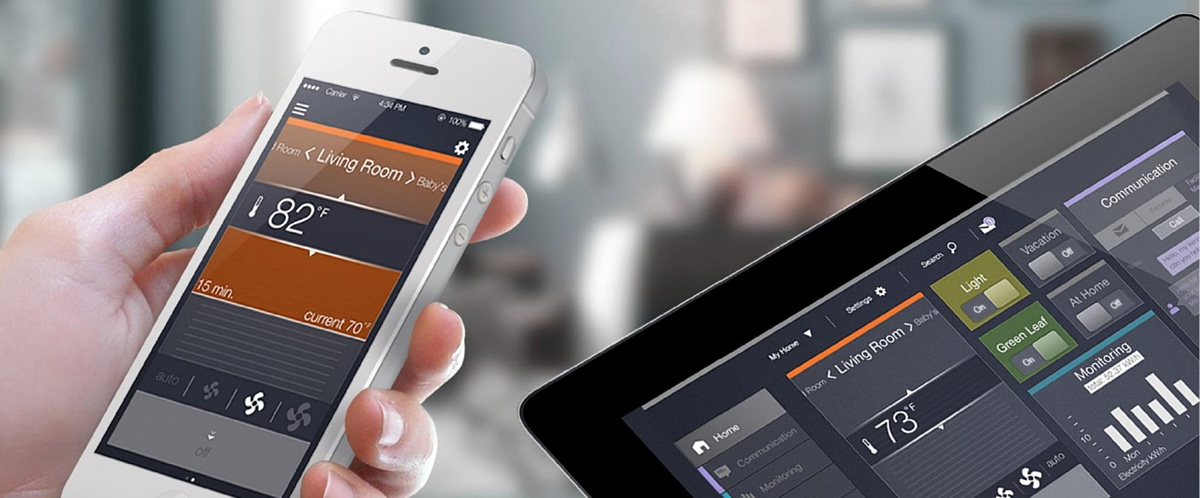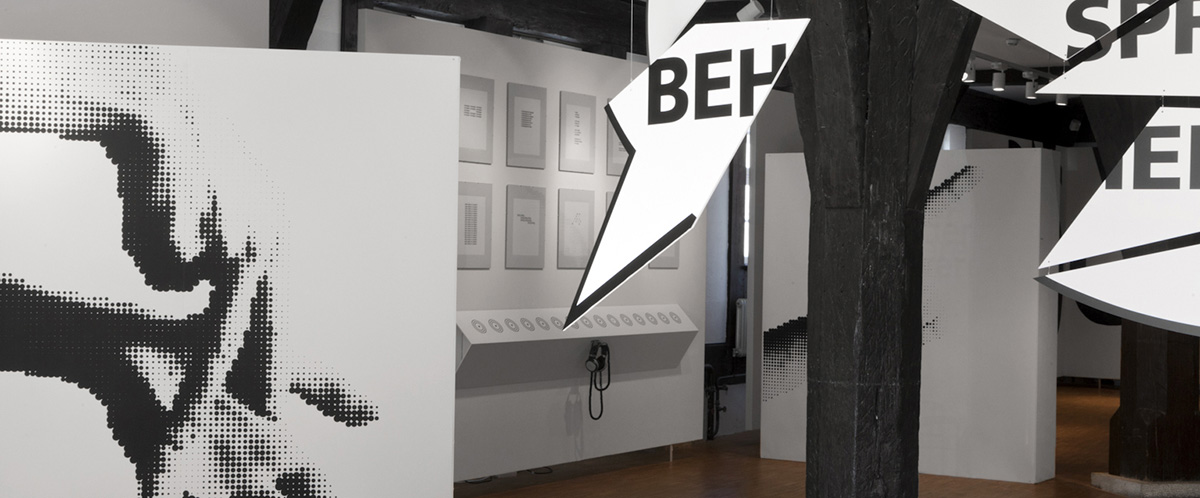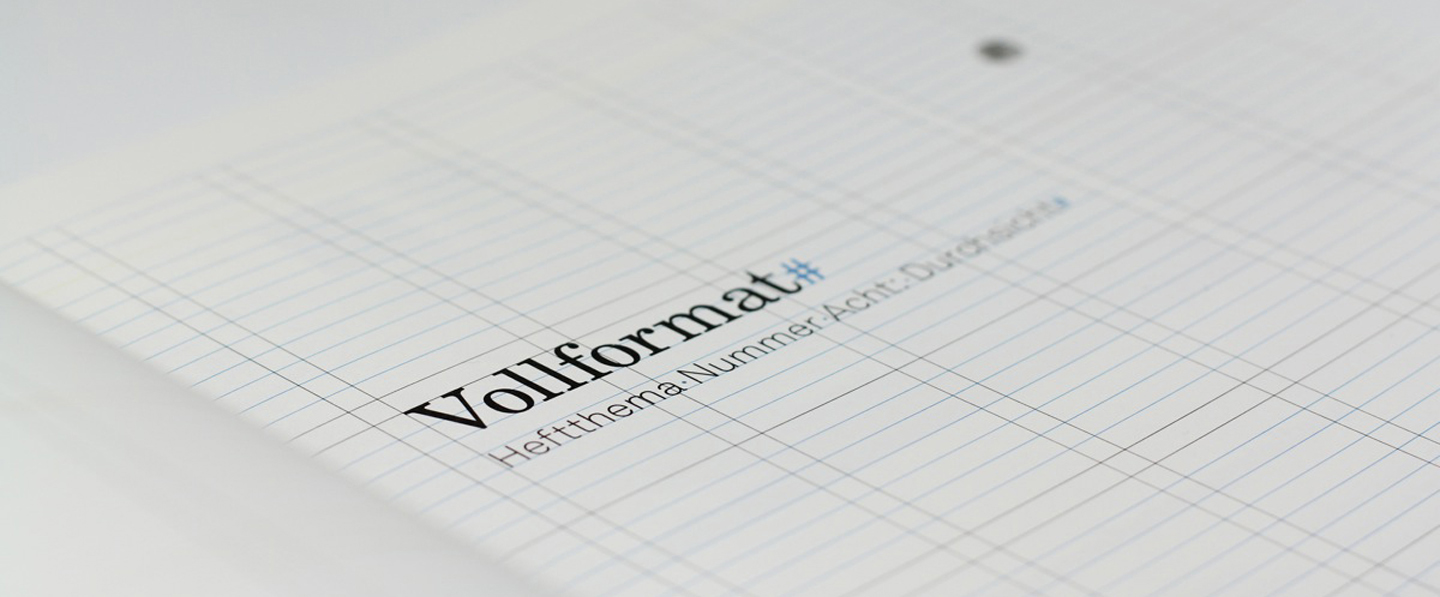Does Stuttgart have the potential to become a bike-friendly city?
The Mission
The question „Does Stuttgart have the potential to become a bike-friendly city?“ wanted to be investigated with the help of experience interviews and context surveys under user experience and usability aspects. Based on the answers, ideas for new concepts were developed using various methods such as scenario based design and storyboards.
Duration
4 weeks in 2018 research
4 weeks in 2019 prototyping
User Experience
User Research
Prototyping
„Stuttgart has set itself an ambitious goal when it comes to mobility on two wheels: in the long term, cycling should account for 20 percent of all traffic. The state capital is continuously working on expanding the network of bike paths and on new services that make cycling more attractive.“
(Source: https://www.stuttgart.de/ bicycle)
Challenge
The question was raised during the diesel driving bans of 2019, when Stuttgart was one of the affected cities. Since the city’s proclaimed goal was that „cycling should account for 20 percent of all traffic“. The primary purpose of the question was to consider, with the help of the target group, whether this goal seems realistic. Secondly had to be investigated whether Stuttgart is on the right track and which possible measures had to be taken to achieve this goal in the long term. The evaluation was carried out with the methods experiential interview and contextual inquiry.
Experiential Interviews
For the experiential interviews, every cyclist, whether frequent or infrequent, with or without a connection to Stuttgart, was in the target group. For the contextual inquiry, test participants must bike often or daily as well as live and work in Stuttgart. The experience interviews were intended to shed light on the topic of „cycling“ as a whole in a positive way. The question was answered by 21 participants and only answers from 17 participants were evaluated. 9 of the participants were interviewed in person and recorded during the interview. All other participants took part in an online interview.


Contextual Inquiry
To highlight „cycling“ as a whole in a positive way, experience interviews were carried out. From 21 participants 17 interviews were evaluated. 9 participants were interviewed in person and recorded during the interview. All other participants took part in an online survey. Some could not be taken into account due to delay or missing answers. All genders were represented and distributed equally into the following categories: „ride a bike almost every day“, „ride a normal amount“ and „do not ride a bike“.






Conclusion
The positive things are, what we need to hold on to. More time and planning must be invested in infrastructural issues. Stuttgart is on a good path, has a lot of potential and topics to tackle.
<span data-metadata="">How can Stuttgart provide user experience for cycling?
Personas
Based on the experience interviews and the contextual inquiries, three personas were created. Each persona represented one user group and thus covers different types of bicycles.
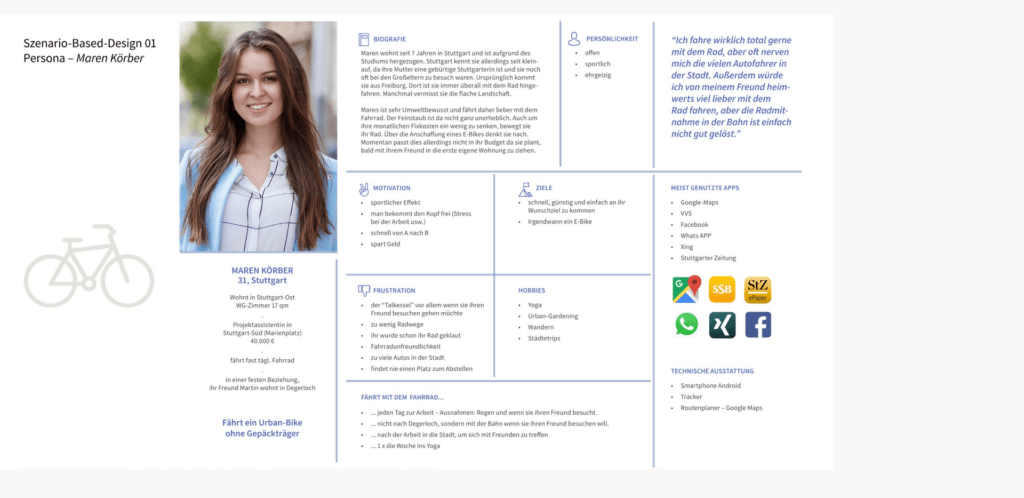


Scenario Based Design
For each persona, problem scenarios were created to uncover problems, but also to explore positive aspects. The problem scenario was created based on the interviews. All the points mentioned are common problems that a cyclist has to deal with when riding in Stuttgart. Many of the points are congruent and occurred in the contextual inquiries as well as in the experience interviews. Based on this, activity scenarios were created. These described the typical and critical points. Based on the two scenarios, I elaborated information scenarios for each user. The end results were specified design concepts in the form of interaction scenarios.


Storyboard
Now the ideas were visualized in the form of a storyboard to make them visible to the user. In this case, the big picture variant was chosen.

Testing
In order to find out whether I was on the right track with the conceptual ideas. I talked to individuals in the target group throughout the process. For this purpose, I used private occasions, door-to-door conversations in the company and also large events such as the Critical Mass. My concept descriptions were always met with curiosity and open ears. Some were also enthusiastic about the ideas and gave me valuable input, which I in turn incorporated into further adapted scenarios.
